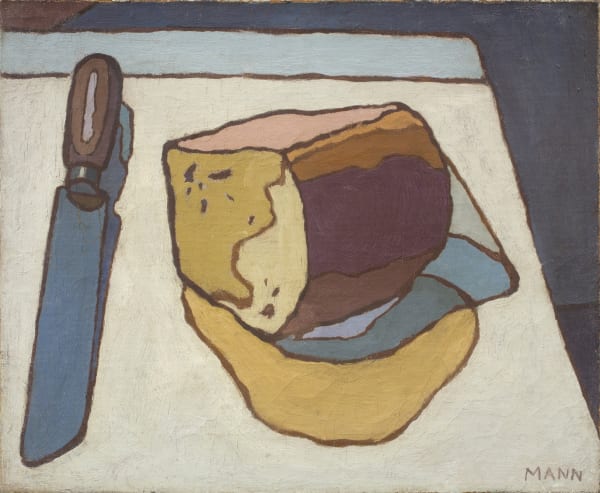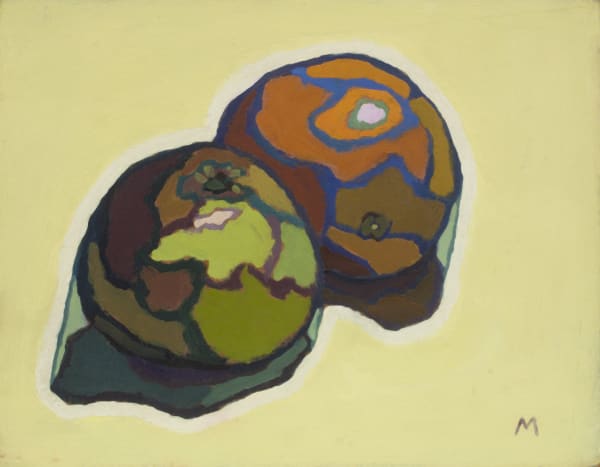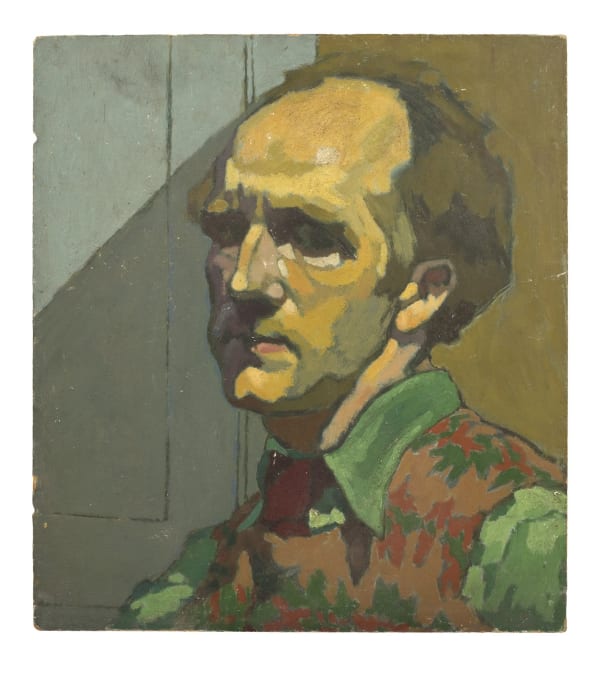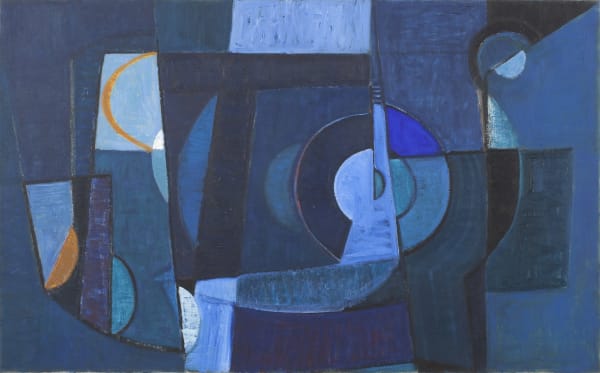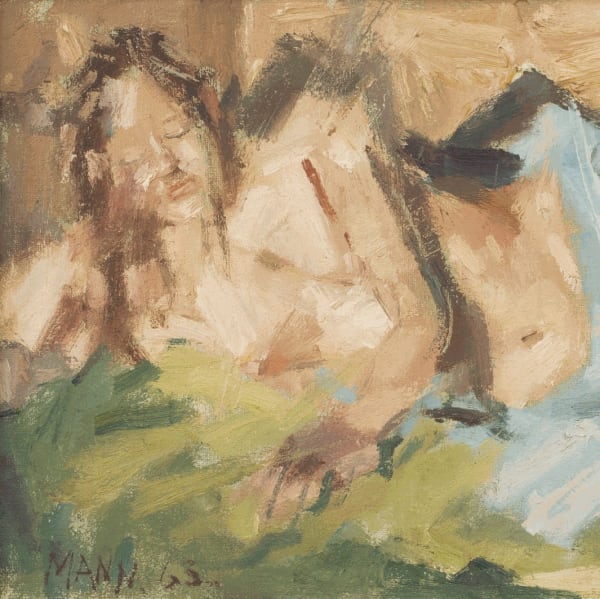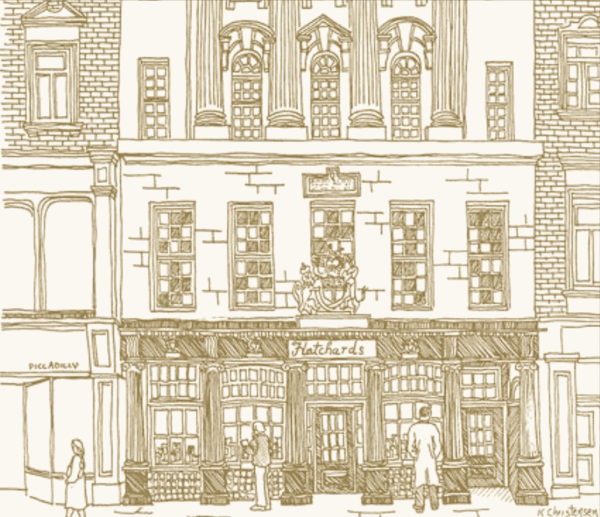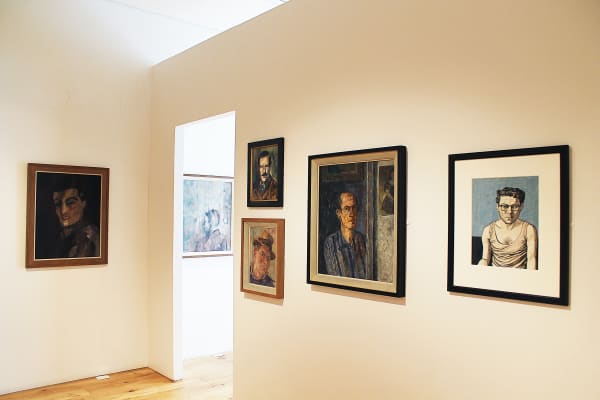Cyril Mann
Piano Nobile represents the estate of Cyril Mann. For further information, image rights or the availability of works, please contact the gallery.
Cyril Mann (1911 - 1980)
Piano Nobile has looked after the estate of Cyril Mann for two decades. His influential figurative paintings are admired today and he is represented in public and private collections worldwide, including the British Museum and National Portrait Gallery, London. His achievements are celebrated on the first ever plaque on a Council block in England, located in Bevin Court, Islington, where he lived and completed many of his finest paintings and sculptures.
In an art career that spanned half a century, three different phases in Mann's paintings are evident, all interlinked with the effects of light and shadow.
Born in London before World War I, Mann grew up in Nottingham, winning a scholarship to the Nottingham School of Art at the age of twelve, the youngest ever recipient. Leaving Nottingham for Canada in 1926, he met Arthur Lismer, a Sheffield-born member of the famous Canadian Group of Seven, who advised him to return and continue his art education in London. After studying at the Royal Academy from 1933 until 1937, he moved to Paris, continuining his training under Scottish Colourist, J D Ferguson until the outbreak of World War II.
Phase 1: the early Paris and London paintings
First in pre-war Paris and continuing after the war in London, Mann painted street scenes and buildings, silhouetted against the sun. Shown at Wildenstein's, the leading Bond Street gallery, many of these sombre works with their dazzling light effects depict the city's extensive bomb damage. Today, these are among Mann's most prized paintings for their historical importance and originality of vision.
Phase 2: the "Solid Shadow"
In the early 1950s, Mann worked in a council flat with barred windows without natural daylight, a terrible environment for a painter of sunlight. For three years, the artist was forced to paint in electric light. Against all odds, this provided new inspiration, leading Mann to his second phase, known as "the solid shadow".
He observed that electric light cast veil-shaped shadows, which he explored in often small, analytical still life paintings and self portraits. Use of strong line, flat tonal surfaces and heightened colour anticipate works by later Pop artists, including Andy Warhol and Patrick Caulfield.
The beauty and originality of Mann's solid-shadow pictures caught the eye of Erica Brausen, legendary owner of the Hanover Gallery, who discovered, among others, Francis Bacon. Brausen included Mann's paintings in a mixed show, but he never produced enough work for a one-man exhibition. The second phase ended when he moved into Bevin Court and had access to daylight again.
Phase 3: the movement of light
His move to Bevin Court in 1956 led to the emotional masterpieces of his later and final years. In 1960 he was joined in the tiny council flat by his Dutch-Indonesian second wife, Renske, who was 28 years his junior and became his model and muse.
Flooded with light, the council flat inspired the artist to explore the dynamic effects of sunlight and shadow in a different way from light-inspired predecessors such asJ M W Turner and the Impressionists. Mann depicted the qualities and transmutations of light itself, not lambent and diffused, but almost kinetic in its description of the forms from which it has rebounded. Light takes precedence over subject matter.
Following an art career spanning over half a century, Cyril Mann died on January 7, 1980, aged 68. Embittered by lack of recognition, he had suffered long spells of illness and stays in mental hospitals.
On September 28, 2013, Cyril Mann became only the second artist commemorated by Islington Council in its annual People's Green Plaque scheme, decided on public vote. He follows in the footsteps of Walter Sickert, similarly honoured in a previous year.
-
 Self-Portrait, 1950 c.
Self-Portrait, 1950 c. -
 Still Life of Fruit , 1955 c.
Still Life of Fruit , 1955 c. -
 Bread and Knife , 1955 c.
Bread and Knife , 1955 c. -
 Apple and Orange , 1957 c.
Apple and Orange , 1957 c. -
 Renske's Back, 1960 c.
Renske's Back, 1960 c. -
 Self Portrait, 1967
Self Portrait, 1967 -
 Orange and Grape, 1955, c.
Orange and Grape, 1955, c. -
 St Paul's from Moor Lane, 1948
St Paul's from Moor Lane, 1948 -
 Reclining Nude II, 1963
Reclining Nude II, 1963 -
 Studio Corner, 1961
Studio Corner, 1961 -
 Flowers, Book and Fruit on Round Table, 1961
Flowers, Book and Fruit on Round Table, 1961 -
 Still Life with Jug, 1960
Still Life with Jug, 1960
-
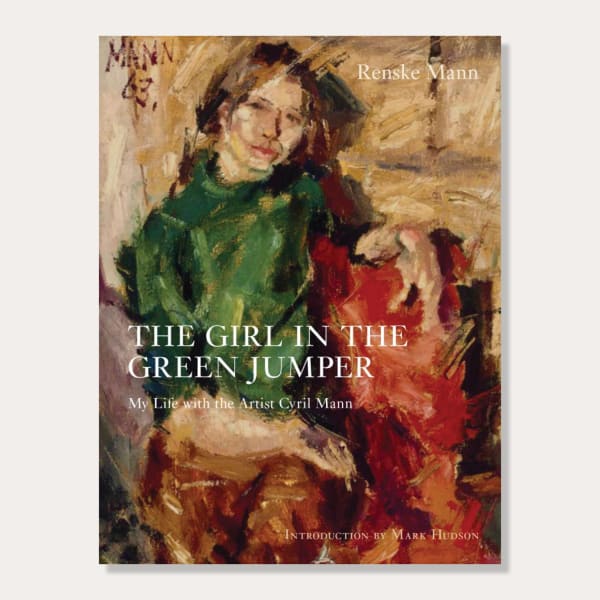
The Girl in the Green Jumper
My Life with the Artist Cyril Mann Renske Mann, 2022HardbackRead more
Publisher: Pimpernel Press
Dimensions: 230 x 170mm -
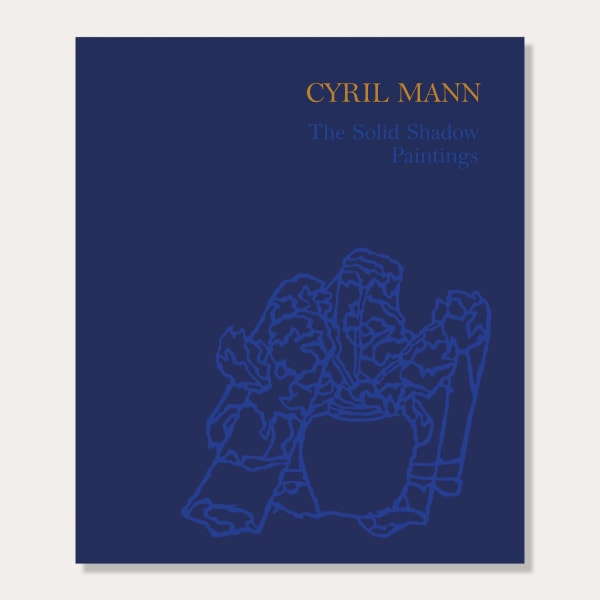
Cyril Mann
The Solid Shadow Paintings 2018Softback, 56 pagesRead more
Publisher: Piano Nobile Publications
ISBN: 978-1-901192-52-0
Dimensions: 20 x 23 cm -
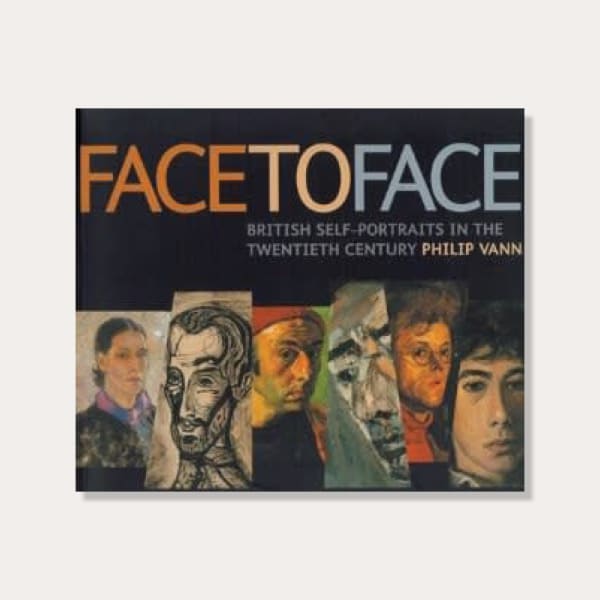
Face to Face
British Self-Portraits in the Twentieth Century Philip Vann, 2004Hardback, 309 pagesRead more
Publisher: Sansom & Company Ltd in association with Piano Nobile Fine Paintings
Dimensions: 25 x 29.3 x 3 cm -
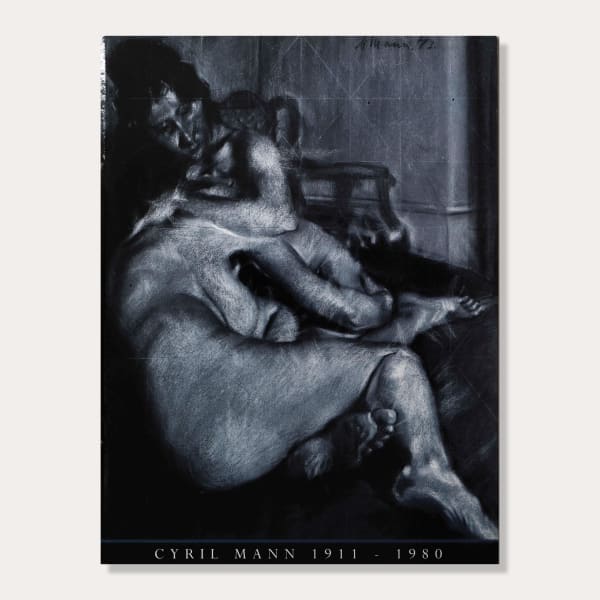
Cyril Mann (1911-1980)
A Tribute to the Artist and his Works Dr Robert Travers, 1992Sewn paperback, 25 pagesRead more
Publisher: Piano Nobile Publishings
Dimensions: 21 x 28 x 0.5 cm -

Cyril Mann 1911-1980
Works on Paper John Russell Taylor, 1994Sewn paperback, 17 pagesRead more
Publisher: Piano Nobile publications
Dimensions: 21 x 28 x 0.4 cm -
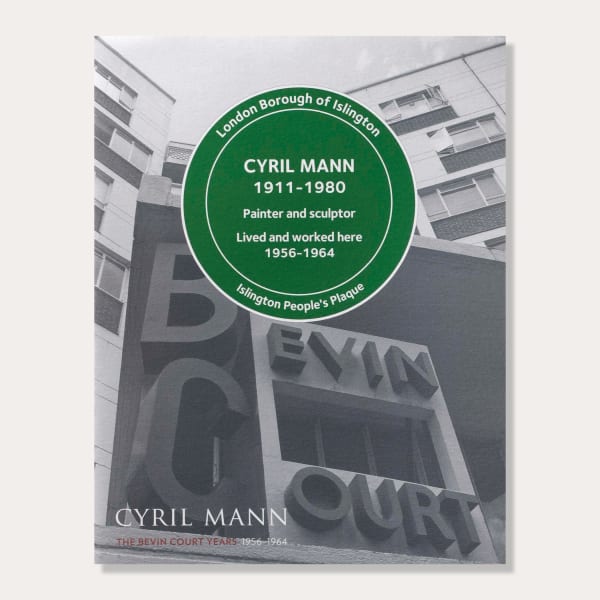
Cyril Mann
The Bevin Court Years 1956-1964 John Russell Taylor, 2013Booklet, 8 pagesRead more
Publisher: Piano Nobile Publications
Dimensions: 15 x 20 cm -
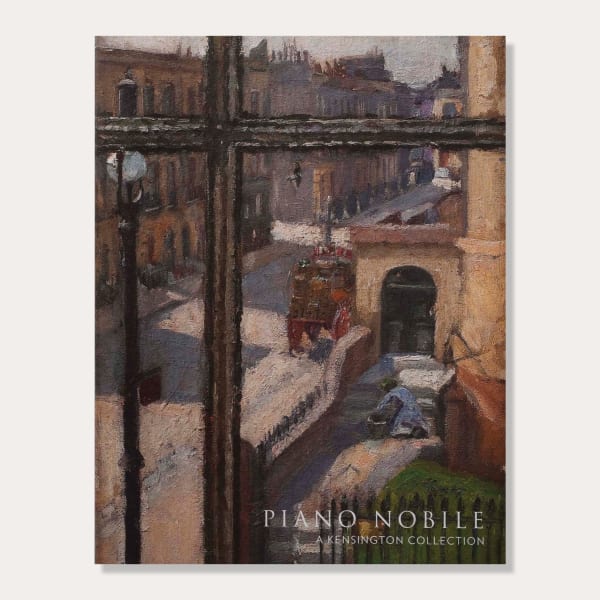
Piano Nobile: A Kensington Collection
2013Booklet, 8 pagesRead more
Publisher: Piano Nobile Publications
Dimensions: 15 x 20 cm -
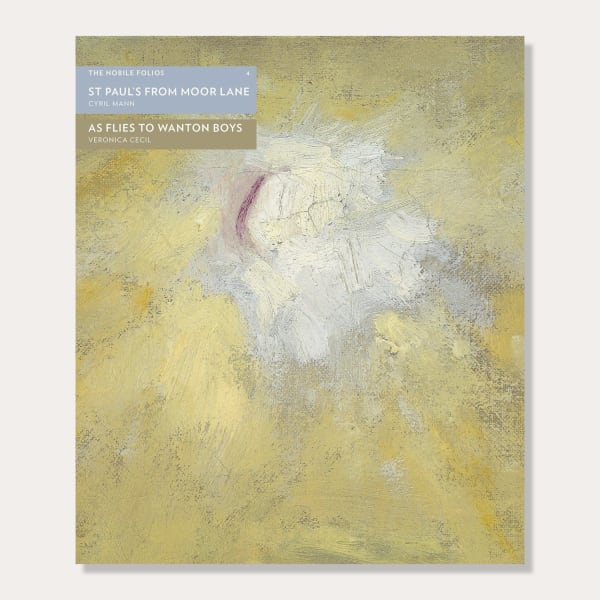
St Paul's from Moor Lane Cyril Mann
Set Alongside 'As Flies to Wanton Boys' Mark Hudson, Veronica Cecil, 2011Sewn paperback, 36 pagesRead more
ISBN: 978-0-9569920-0-0
Dimensions: 239 x 282mm -

The Sun is God
The Life and Work of Cyril Mann (1911-80) John Russell Taylor, 1999Hardback, 168 pagesRead more
Publisher: Lund Humphries Publishers in association with Piano Nobile Fine Paintings
Dimensions: 25 x 30 x 2.5 cm -
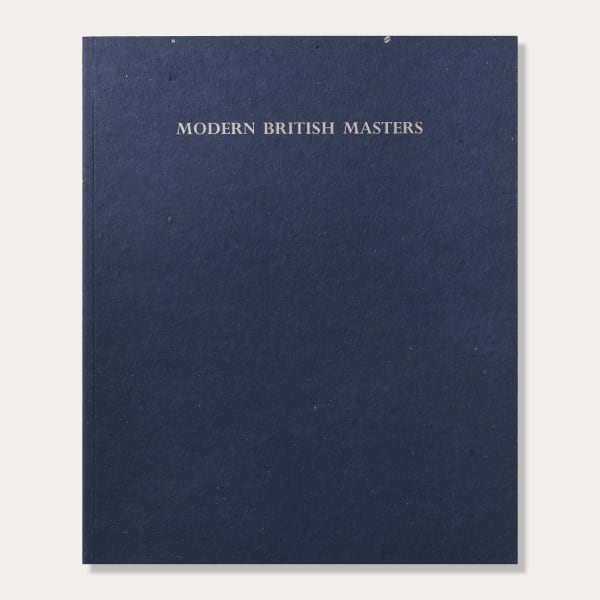
Modern British Masters
Dr Robert Travers, 1995Softback, 40 pagesRead more
Publisher: Piano Nobile Publications
Dimensions: 29 x 34 x 0.5 -

Modern British Masters
Dr Robert Travers, 1994Softback, 34 pagesRead more
Publisher: Piano Nobile Publications
Dimensions: 29 x 34 x 0.5 cm
-

The Solid Shadow Paintings
Cyril Mann | Patrick Caulfield | Michael Craig-Martin | John Wesley | Euan Uglow 28 Nov 2018 - 26 Jan 2019 Piano NobileBetween 1951 and 1957 Cyril Mann undertook an explosive programme of work, representing ordinary objects with boldly outlined shadows and bright, sometimes luminous colour. A dazzling interjection in the subdued...Read more -

Cyril Mann
The Bevin Court Years 1956 - 1964 13 Sep - 5 Oct 2013 Piano NobileWorks from the Bevin Court Years by Cyril Mann at Piano Nobile Gallery to celebrate the commemorative plaque unveiled at Bevin CourtRead more -

Piano Nobile
A Kensington Collection 20 Jun - 20 Aug 2013 Piano NobilePiano Nobile works with several artist's estates and collections, both public and private. In 2013 we were pleased to bring to the market, to be sold as a group or...Read more
-

InSight No. 145
Cyril Mann March 15, 2024As a new stage adaptation of Cyril Mann’s life opens at The Playground Theatre this week, InSight tells the story of his love affair with...Read more -

The Girl in the Green Jumper
The Playground Theatre 13 - 24 March 2024Renske Mann's memoir of her marriage to the artist Cyril Mann (1911-1980) has been adapted for stage by the acclaimed playwright Gail Louw. The Girl...Read more -

Cyril Mann: The Girl in the Green Jumper
Renske Mann's memoir of her life with the artist April 12, 2022When the painter Cyril Mann met his wife-to-be Renske van Slooten in 1959, a significant new chapter in his career began. A bright-eyed art student...Read more -

In Conversation at Hatchards, Piccadilly
Dr Robert Travers & Renske Mann April 4, 2022To celebrate the publication of Renske Mann's memoir The Girl in the Green Jumper and the display of Cyril Mann's works at Piano Nobile, a...Read more -

The Spectator reviews Cyril Mann retrospective
Daisy Dunn February 5, 2019The Lightbox's major Cyril Mann retrospective has been reviewed by Daisy Dunn in The Spectator . The exhibition, Cyril Mann: Painter of Light and Shadow...Read more -

A Major Retrospective of Cyril Mann
The Lightbox, Woking December 6, 2018In 2019, The Lightbox will present a major retrospective of work by Cyril Mann. Cyril Mann: Painter of Light and Shadow will explore the full...Read more -

Gallery Talk: Renske Mann in conversation with Robert Travers
London December 5, 2018Renske Mann will be in conversation with Robert Travers about her late husband, the painter Cyril Mann. The talk will accompany Piano Nobile's exhibition, Cyril...Read more -

Ruth Borchard Collection: Artists' Self Portraits
The Lightbox, Woking March 25, 2017Until 25 June 2017, The Lightbox gallery and museum will present ‘Ruth Borchard Collection: Artists’ Self-Portraits’ , an exhibition displaying one hundred self-portraits by significant...Read more







